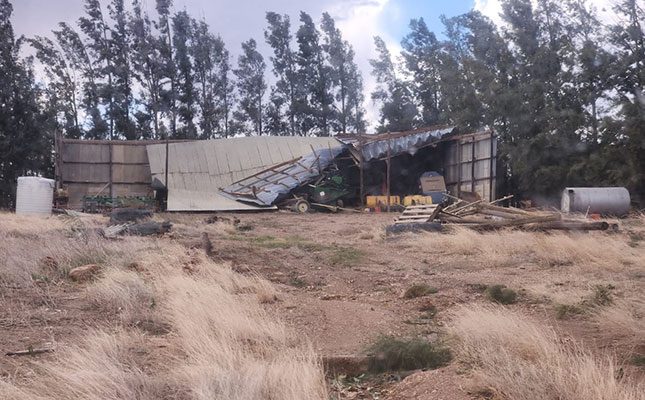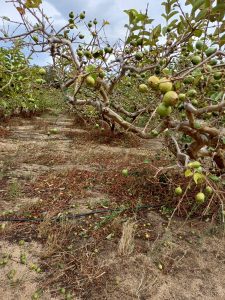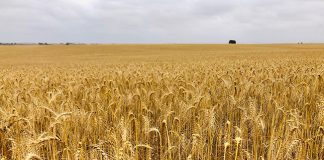
: A cut-off low has resulted in widespread showers across the country from Saturday. Jannie Strydom, CEO of Agri Western Cape, said that heavy showers in primarily the Winelands, Overberg and Southern Cape resulted in some infrastructural damage, but damage to farms in general was quite isolated and limited.
“We received a few reports of damage to trees and infrastructure, but in many cases the infrastructure was temporarily repaired following last year’s floods,” he said.
He added that the rains had helped to fill up dams, and that it would benefit grain farmers who were now starting to plant.

Jacques Jordaan, CEO of the Guava Growers’ Association of South Africa, said the heavy rains and wind would have an impact on the guava harvest: “It is difficult to say what the whole effect will be on the season. Leaves have been shredded, which will influence the ripening and growth of the fruit, and we estimate that about 5% of the fruit have fallen off the trees.”
According to a preliminary assessment of Tru-Cape, the Witzenberg, Elgin, Grabouw, Villiersdorp and Vyeboom regions were not affected as badly by the gale force winds and heavy rains as the Winelands and Overberg.
Laastedrif Agri, in Ceres Valley, experienced an extremely difficult season so far. First, they were hit by hail in February, and over the weekend the strong winds caused havoc to their orchards.
“We are still in the process of assessing the damage, but on parts of the farm, Pink Lady and Rosy Glow apples were blown from the trees. We also suffered infrastructural damage and lost lambs due to the cold and rain. But, we farm under open skies and have to find ways to live with these challenges,” said Rossouw Cillié, owner of Laastedrift Agri.
In the Witzenberg Valley, Hannes Hanekom from Welgemeen Farm estimated that the wind speed on his farm was more than 100km/h at times, but fortunately it came from the east and his orchards are planted in a north-south direction, which helped to break the wind. He also expects damage to be minimal.
According to Chris Knoetze, managing director of Link Supply Chain Management, the winds also affected operations at Cape Town Port. “It is expected that operations will be on and off for the time being, as allowed by the wind.”
Bennie van Zyl, general manager of TLU SA, said that most of the country received good rain over the past few days.
“There are reports of damage, for instance, to low-water bridges and so forth, but the majority of farmers are grateful for the rain, even though it is too late in most cases to make any difference to the summer crop.”
Willem Symington, president of Agri Northern Cape, said the Northern Cape received wide-spread rains, with hail damage experienced especially in the irrigation regions. Some of the western parts of the province and Kalahari, however, received below-average rainfall in summer and have not received any during the current heavy rains.
PJ Hassard, president of Kwanalu, said many farmers in KwaZulu-Natal were grateful for the rains, which primarily fell on the coastal areas of the province: “The rains have been good with no reports of damage so far.”
He said the province had experienced its driest January and February in years because of El Niño conditions, with the cyclone in March bringing sufficient rain to supply sufficient soil moisture up until the end of May.
According to the South African Weather Service, cut-off lows are most frequent during autumn and spring, with the highest frequency during the month of April. They are notorious for causing widespread damage, as evidenced by the KwaZulu-Natal flooding in 2022 and the Laingsburg flood in 1981.












